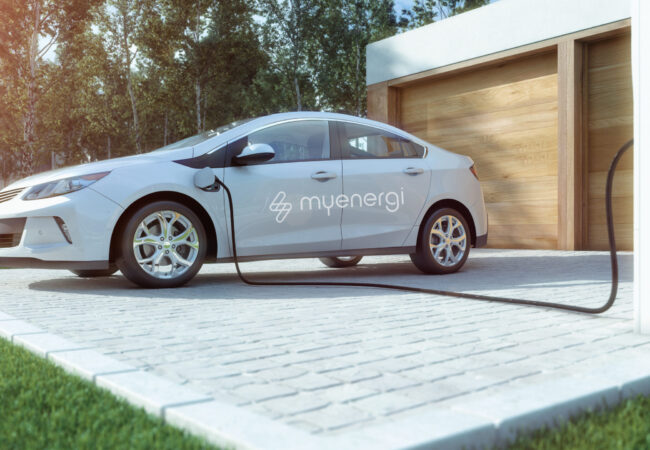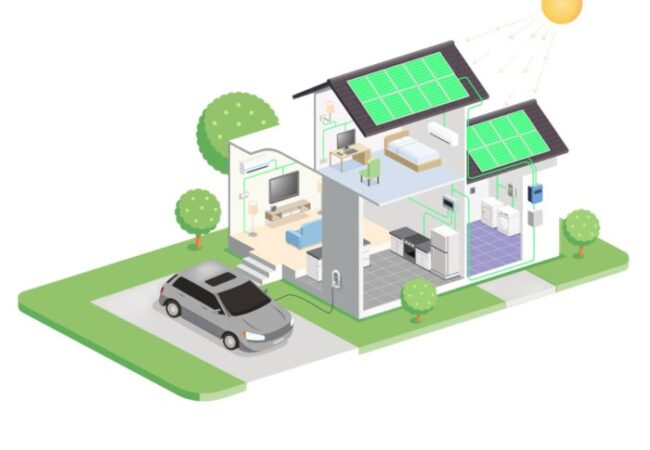


While most of us will still learn to drive in a petrol or diesel hatchback, over the next ten years the UK is transitioning towards electrification. This means that, after 2030, you’ll only be able to buy a new fully-electric or hybrid car from a dealer forecourt.
With zero tailpipe emissions and a much lower carbon footprint, EVs are the most environmentally-friendly vehicle you can buy. If you travel less than 40 miles a day, you’ll probably only have to charge up once a week. What’s more, with fewer moving parts to maintain and replace, your service costs will be noticeably lower too.
Unfortunately, there’s a distinct lack of information out there for new drivers – let alone guidance on charging options. To help, we’ve put together our advice about buying and charging an electric vehicle.
If you’re in the market and considering electric, there’s a huge amount of choice. For example, you could pick up a second-hand Renault Twizy for around £5,000, or a Nissan Leaf with less than 20,000 miles on the clock for £8,000 – great cars for a sensible budget.
If you’re lucky enough to buy new, the government offers a £3,000 grant for choosing an EV. This makes the purchase price comparable to their petrol or diesel counterparts.

With more than 80% of all EV charging undertaken at home, it’s important to consider installing your own charging device. For as little as £8, you can charge your car from empty overnight (much cheaper than a full tank of petrol!).
The myenergi zappi is Britain’s best-selling EV charger. It boasts a wide variety of carefully-designed features and functions to give you complete control of your charging experience. Paired with the myenergi app, you can set timers to utilise economy tariffs, use the boost function, monitor your devices, and so much more!
Not only does it operate as a standard EV charger, but it also has optional charging modes capable of turning green energy generated by solar panels or wind turbines into electricity to power your EV. This makes it possible to power your car with zero emissions.
While you’ll need the help of a qualified installer to fit your charger, thanks to a number of government grants (such as the Electric Vehicle Homecharge Scheme), it’s easy and affordable. All you need to do is choose a charger and book in the fitting!

If you’re looking to recharge on-the-go, public networks provide an invaluable solution. Most networks offer a mix of slow, fast and rapid charging options, giving you complete flexibility between cost, speed and level of charge required.
For a full list of which public charge point networks cover your area, visit the Zap-Map website. It’ll point you to the nearest, cheapest or fastest charging options, depending on your route.
While buying your first EV may seem daunting, you won’t look back! Smooth, quiet and nippy, they’re a great option for learners and experienced motorists alike. For more top tips on EV charging, visit the myenergi blog.